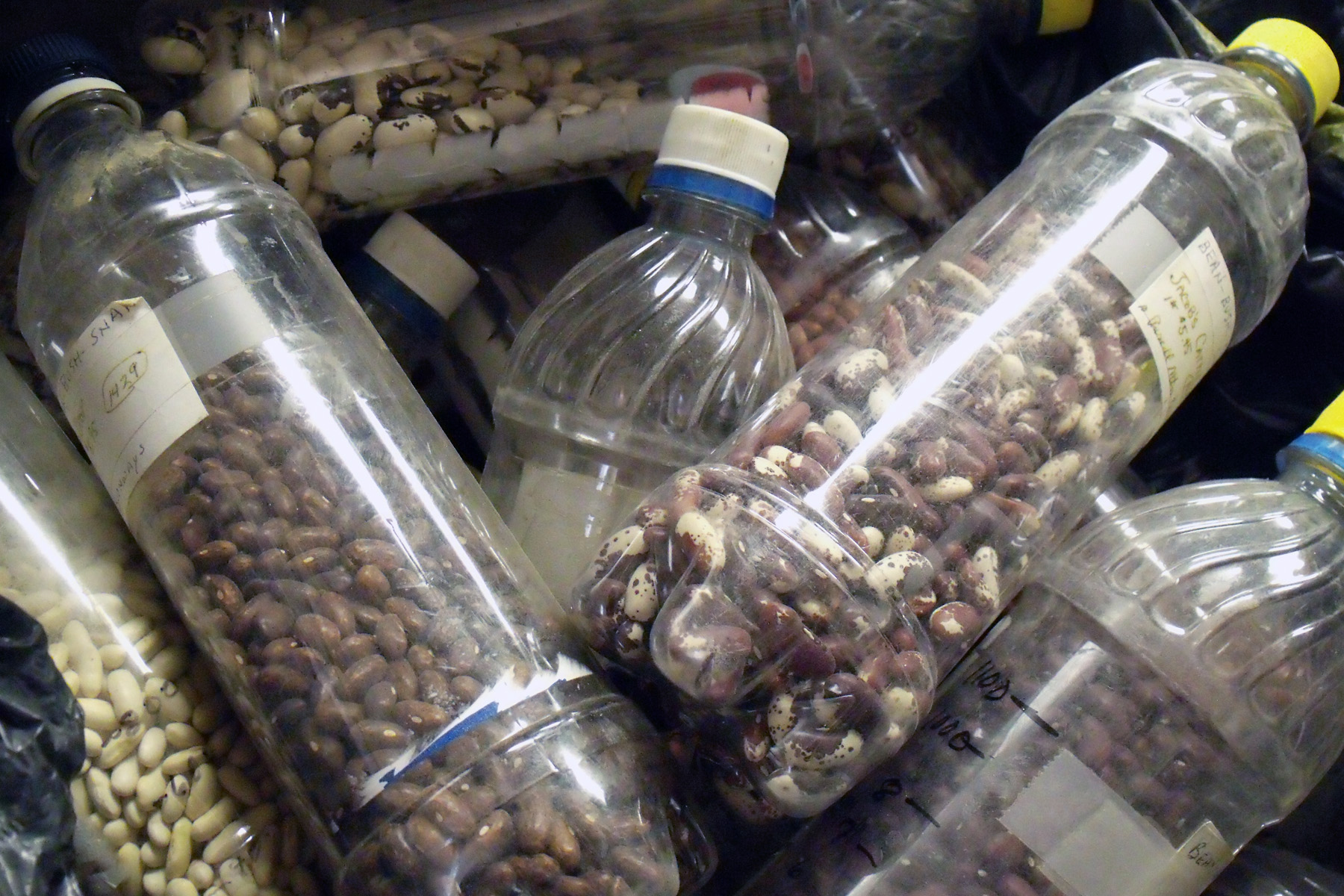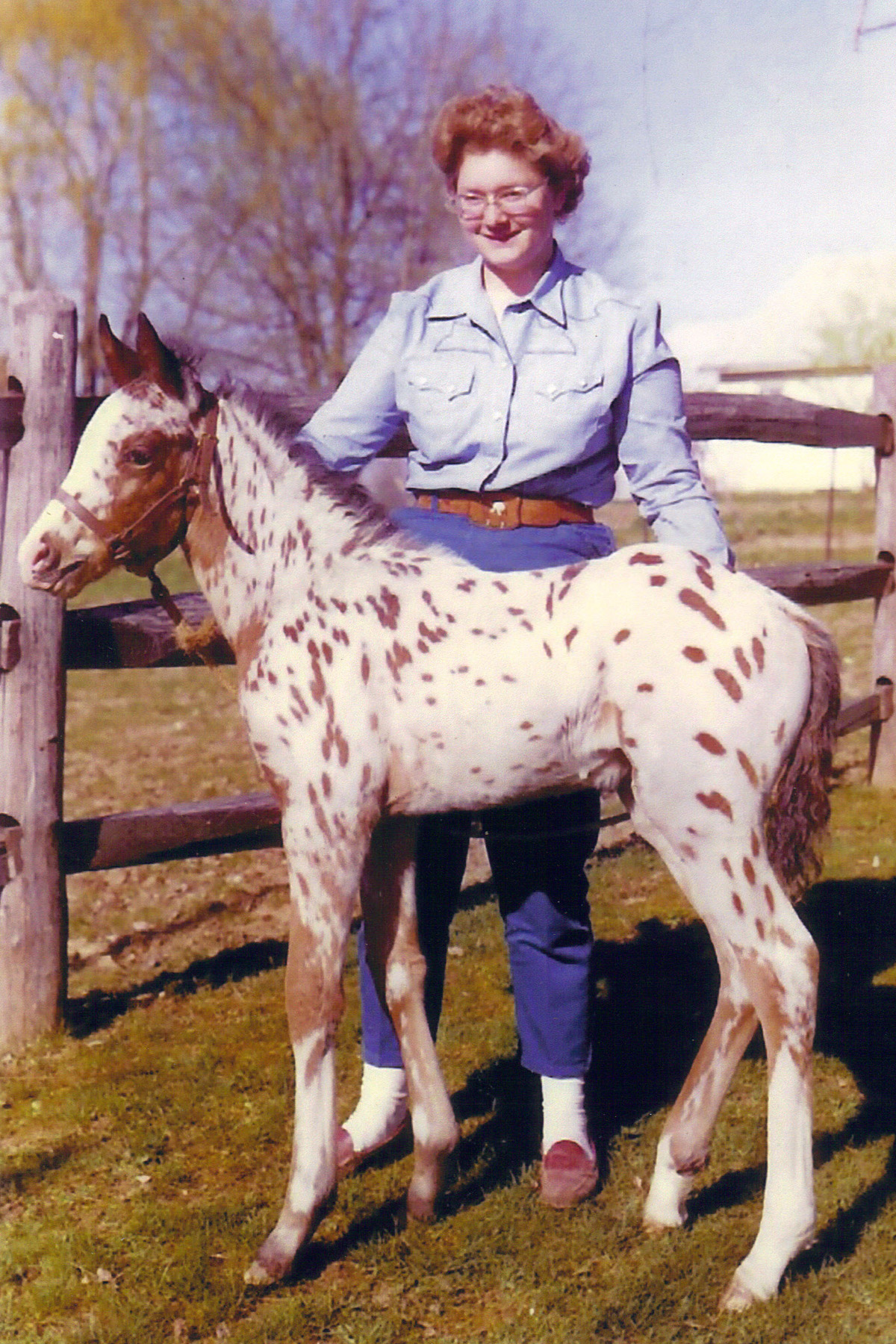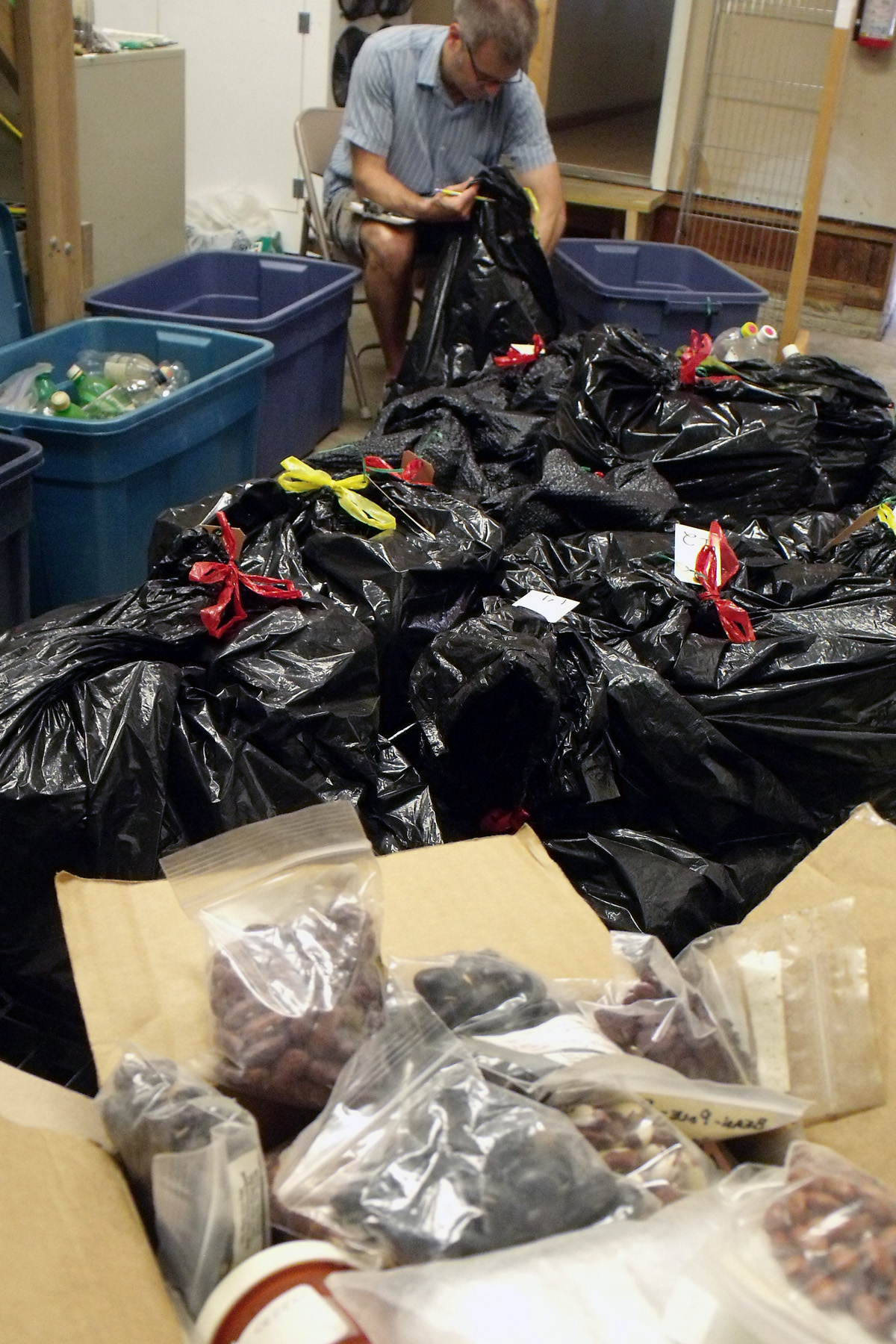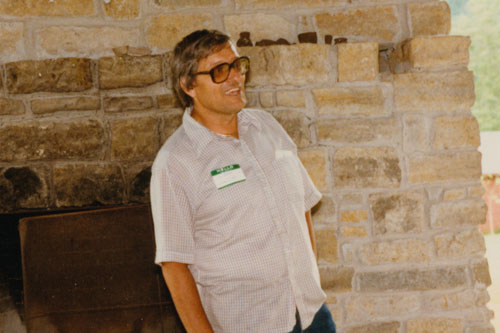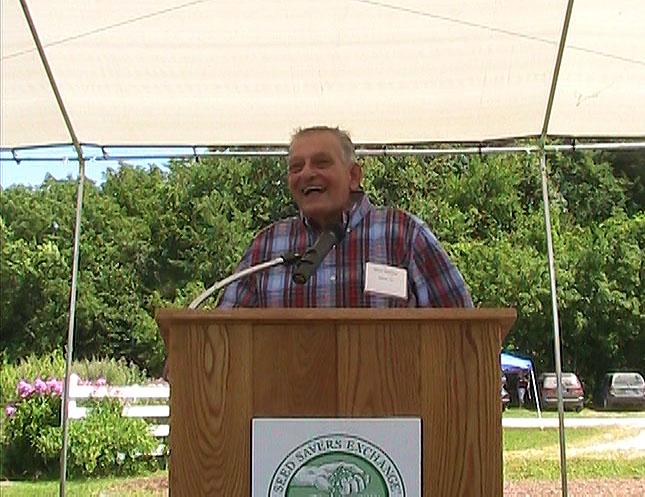 At this year's 33rd Annual Conference and Campout, Seed Savers Exchange (SSE) was more than happy to welcome back a long-time friend, Gary Paul Nabhan. Gary has been a supporter of Seed Savers Exchange going back to before 1980, and has since appeared at numerous SSE Conference and Campouts. Having recently published a book titled "Growing Food in a Hotter, Drier Land," he spoke this year about climate uncertainty becoming the new normal and the importance of adapting our food systems to a changing climate.
Stressing the importance of agrobiodiversity in mitigating the effects of climate change, the Ecumenical Franciscan brother led Conference attendees in a renewal of their vows—to seeds. Repeating after him, the crowd recited:
At this year's 33rd Annual Conference and Campout, Seed Savers Exchange (SSE) was more than happy to welcome back a long-time friend, Gary Paul Nabhan. Gary has been a supporter of Seed Savers Exchange going back to before 1980, and has since appeared at numerous SSE Conference and Campouts. Having recently published a book titled "Growing Food in a Hotter, Drier Land," he spoke this year about climate uncertainty becoming the new normal and the importance of adapting our food systems to a changing climate.
Stressing the importance of agrobiodiversity in mitigating the effects of climate change, the Ecumenical Franciscan brother led Conference attendees in a renewal of their vows—to seeds. Repeating after him, the crowd recited:
I, (name), a gardener, farmer, seed saver, and eater,
wish to renew our sacred vows
to take care, love and serve,
the astonishing diversity of life on this earth.
Through sickness and in health ("I bet you knew that line," Gary laughed),
in times of crisis and times of joy,
to sow the seeds of food justice,
to sow the seeds of food security,
to sow the seeds of food democracy,
to sow the seeds of true food sovereignty,
through our own actions and our own eating patterns
so that we may all eat what we have truly sown.
I reaffirm our covenant with this earth,
to humbly be one more way that seeds themselves regenerate into more seeds to nourish all of us.
View the video of Gary Paul Nabhan's keynote address at the 2013 Conference and Campout:
Check out Gary's website here, and his recent article in the New York Times here.
Stop back to our blog in the coming weeks for more coverage of this year's Conference, as well as the Harvest Edition of the Heritage Farm Companion coming out this Autumn.
Seed Savers Exchange is a non-profit, 501(c)(3), member supported organization that saves and shares the heirloom seeds of our garden heritage, forming a living legacy that can be passed down through generations. Our mission is to conserve and promote America's culturally diverse but endangered garden and food crop heritage for future generations by collecting, growing, and sharing heirloom seeds and plants.









 At this year's 33rd Annual Conference and Campout, Seed Savers Exchange (SSE) was more than happy to welcome back a long-time friend, Gary Paul Nabhan. Gary has been a supporter of Seed Savers Exchange going back to before 1980, and has since appeared at numerous SSE Conference and Campouts. Having recently published a book titled "Growing Food in a Hotter, Drier Land," he spoke this year about climate uncertainty becoming the new normal and the importance of adapting our food systems to a changing climate.
Stressing the importance of agrobiodiversity in mitigating the effects of climate change, the Ecumenical Franciscan brother led Conference attendees in a renewal of their vows—to seeds. Repeating after him, the crowd recited:
At this year's 33rd Annual Conference and Campout, Seed Savers Exchange (SSE) was more than happy to welcome back a long-time friend, Gary Paul Nabhan. Gary has been a supporter of Seed Savers Exchange going back to before 1980, and has since appeared at numerous SSE Conference and Campouts. Having recently published a book titled "Growing Food in a Hotter, Drier Land," he spoke this year about climate uncertainty becoming the new normal and the importance of adapting our food systems to a changing climate.
Stressing the importance of agrobiodiversity in mitigating the effects of climate change, the Ecumenical Franciscan brother led Conference attendees in a renewal of their vows—to seeds. Repeating after him, the crowd recited:

